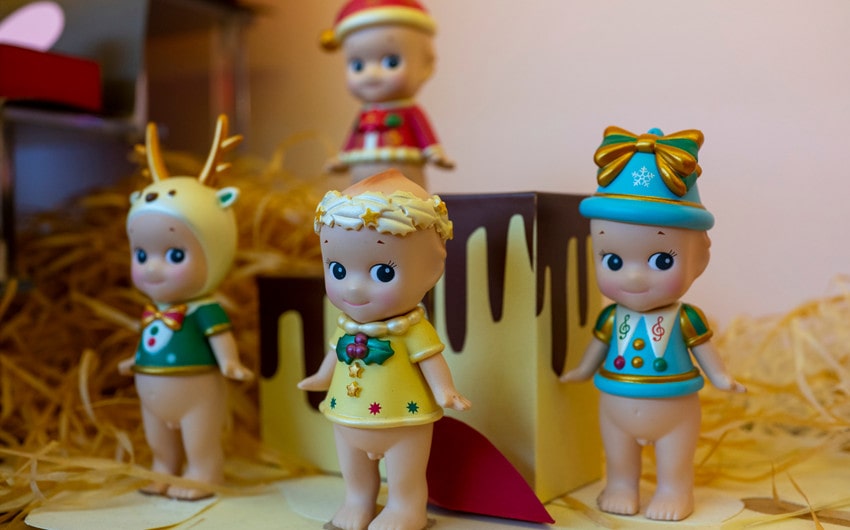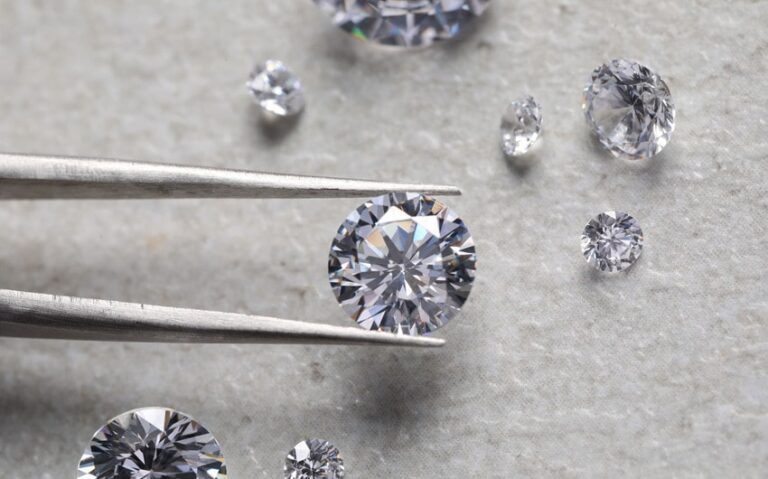Why Are Sonny Angels So Popular? Unboxing Joy in a Tiny Crown
They’re about the size of your thumb. They have no pants. Their faces never change—but their hats do. Sonny Angels have quietly taken over social media feeds and display shelves around the world. They’re cute, collectible, and oddly comforting. But why? What is it about these tiny cherub-like figures that makes people obsess, collect, trade, and even cry over them? I needed to find out—so I did. Here’s what I learned about the quiet global takeover of Sonny Angels.
What Are Sonny Angels, Exactly?
At their core, Sonny Angels are small vinyl figurines, each one with a baby-like body, wings on the back, and a themed headpiece—ranging from fruit and flowers to desserts, animals, and even seasonal icons. They don’t speak. They don’t pose. Their faces are all identical: round cheeks, small lips, blank but peaceful eyes. The design is subtle, but strangely expressive. You look at one and feel like it might blink at any moment.
Originally launched in Japan in 2004 by creator Toru Soeya, Sonny Angels were marketed as “a little boy who brings happiness.” The figures were meant to be companions for your desk, bedside, or wherever you needed a smile. For years, they had a loyal but niche following in Asia. But in recent years, especially post-2020, their global popularity has exploded—helped by social media and the growing demand for feel-good distractions in a chaotic world.
The Blind Box Effect: Mystery Meets Micro-Reward
One of the main reasons Sonny Angels are so addictive is the way they’re sold: in blind boxes. When you buy a Sonny Angel, you choose the series—like Fruit, Flower, or Animal—but you don’t know which specific figure is inside until you open the box. This taps into a psychological phenomenon known as a “variable reward system.” The same mechanism behind gambling, mystery packs, and loot boxes in video games. It’s not just about the toy—it’s about the anticipation.
Every unboxing triggers a micro-hit of dopamine. If you get a figure you love, it’s a high. If you get a duplicate or one you didn’t want, it builds the urge to try again. Add to that the possibility of ultra-rare “secret” Angels in each series, and it becomes a collection quest. You’re not just buying a toy—you’re chasing that elusive moment of surprise and delight.
This psychological loop—anticipation, reveal, reward—is deeply satisfying. And since Sonny Angels are affordable and small, they make for a low-stakes, high-reward experience that’s easy to repeat (and repeat, and repeat).
They’re Oddly Cute—And Comfortably Strange
Sonny Angels don’t fit neatly into Western standards of “cute.” They’re not wide-eyed or exaggerated. They don’t smile or emote. But somehow, they’re deeply endearing. Their expression is neutral, almost Zen. Their eyes meet yours but never stare. Combined with outlandish headpieces—a banana peel, a birthday cake, a mushroom cap—the result is a contrast that feels playful and surreal.
This blend of innocent and absurd gives Sonny Angels their charm. They’re whimsical, but not cartoonish. Their calm faces allow you to project whatever emotion you want onto them—happiness, curiosity, serenity. It’s what makes them so comforting. They don’t demand attention, but they offer presence. Quietly, weirdly, they make you feel seen.
In a world where toys are often loud and overdesigned, Sonny Angels stand out by doing less. That restraint is part of their magic.
Social Media Gave Them Wings
While Sonny Angels were quietly beloved in Japan for years, platforms like TikTok and Instagram gave them a second life. Creators began filming unboxing videos—slow, satisfying reveals of the mystery figure inside each box. The format is simple but effective: unwrap the foil, peel it open, and meet your Angel. It taps into the “oddly satisfying” category of content, blending unboxing thrill with aesthetic minimalism.
The visual appeal is strong. Sonny Angels are brightly colored, minimalist, and highly photogenic. People photograph them in dioramas, in front of food, in travel settings, and even in tiny clothes. They’ve become avatars for self-expression. You can match your mood, your outfit, or your coffee order to a particular Angel—and share it with a community that immediately understands the language.
In short: they’re algorithm-friendly. Soft colors, satisfying shapes, and emotional relatability. Social media didn’t just amplify Sonny Angels—it elevated them into cultural icons.
Emotional Support in Pocket-Sized Form
There’s something emotionally grounding about Sonny Angels. They’re small enough to hold in your palm. They don’t make noise. They don’t move. They just exist—gently, quietly, in whatever emotional space you place them.
For many, collecting them became a kind of self-care ritual. During the pandemic, when routines dissolved and everything felt unstable, Sonny Angels offered small, repeatable joy. The act of unboxing one, lining it up with others, or even just glancing at it on your desk gave a sense of control and comfort.
There’s also a bit of nostalgic energy at play. They feel like childhood figurines, but with a design sophistication that appeals to adults. They’re not toys in the traditional sense—they’re companions. Little reminders of calm, play, and emotional softness. You don’t play with them—you coexist with them.
Design Minimalism That Fits Every Aesthetic
Another reason Sonny Angels thrive is because they fit anywhere. Whether your space is maximalist chaos or minimalist beige, they somehow belong. Their scale makes them easy to display, and their colors blend effortlessly with nearly any environment. You can place one on a windowsill, a laptop stand, or a bookshelf and it just works.
They’re also customizable in spirit. Some people make tiny clothes or hats for them. Others pose them in creative scenes, pairing them with food, flowers, or travel destinations. They’re highly adaptable—not in design, but in vibe. You don’t have to change them to match your mood—they reflect your mood back at you. Quiet, cheerful, or just a little strange.
They also transcend language. No text. No branding. No action required. That universality is part of what makes them so collectible across cultures.
They Make Everyday Moments Feel Magical
Part of Sonny Angels’ charm is how they sneak magic into the mundane. People take them to brunch, the beach, the subway, or even hospital visits. A tiny Angel peeking out of a coat pocket turns a routine day into something unexpectedly tender.
In that way, Sonny Angels function as emotional totems. They help you mark time, express affection, or simply remind yourself that not everything has to be big and loud to matter. They are tiny gifts, tiny friends, tiny moments that somehow feel meaningful. And in a noisy, stressful world, that kind of tiny magic matters more than ever.
So, Why Are Sonny Angels So Popular?
Because they’re a perfect storm of design, emotion, and experience. They combine the thrill of mystery with the comfort of repetition. They’re cute, but not cloying. They’re weird, but not off-putting. They feel personal without saying a word. And most of all, they make small joy feel accessible.
In a world full of noise, Sonny Angels offer a quiet kind of connection—between you and the figure, between collectors around the world, and between you and your softer self. And that might just be their greatest superpower.






